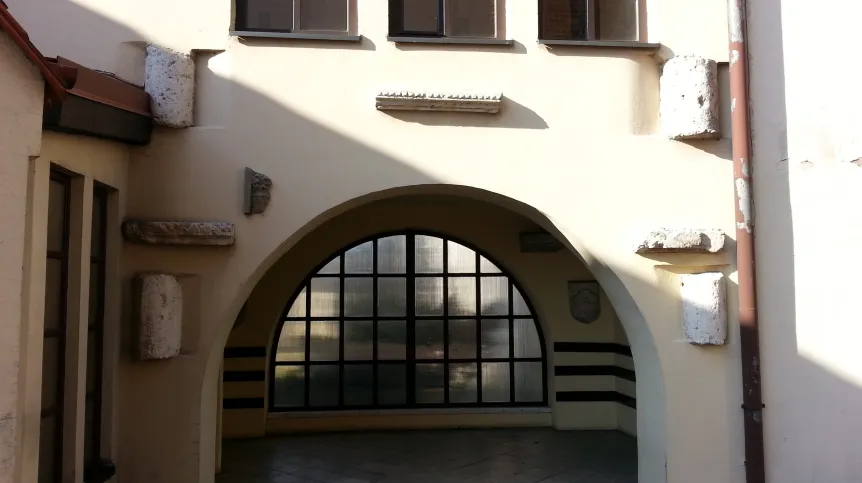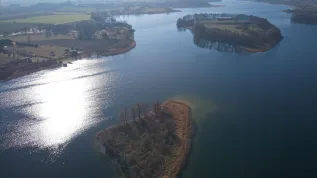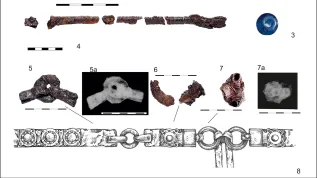
Poorly preserved and only partially known to science castles in Krzepice and Danków on the border of Małopolska, Wielkopolska and Silesia are the subjects of the work of an interdisciplinary team of archaeologists and historians.
"These are unique objects in Poland, but their role is underrated. Although they have a very rich history, they are rather avoided in scientific considerations. To make matters worse, both have survived to our time in bad shape" - explained Radosław Herman, archaeologist and historian of architecture, member of independent multidisciplinary team "Studies of Historical Cities and Castles". Other team members are Andrzej Kobus, historian from Krzepice, and team leader Wojciech Dudak, archaeologist. The scientists want to study centres with a particularly interesting history.
The researchers have focused first efforts on the castle in Krzepice. Preliminary exploration has revealed numerous, rich and well-preserved architectural details from the structure.
"The effects of our work are already visible. We are preparing a scientific monograph of the Krzepice castle, collecting historical sources. In summer we are planning further field work, archaeological and geophysical" - added Herman.
Historical query resulted in numerous discoveries of archives unknown to science. It is known that the structure was established at the behest of Casimir the Great. It flourished together with the nearby town in the sixteenth and seventeenth centuries.
"In the beginning of the seventeenth century Krzepice became an important European centre of alchemical studies, where the most eminent alchemists of that era gathered. It is interesting that was even a duel between alchemists in the castle, in which the most famous Polish alchemist Michał Sędziwój hurt his opponent. Sędziwój’s opponent in the duel was a Jagiellonian University professor." - described Herman.
In the coming years, researchers will also focus on the nearby castle in Danków. In early Middle Ages, the town was an important centre on the map of Poland. Here, in the period of feudal disintegration, Polish princes and bishops gathered. Radosław Herman explained that it was a private fortress that particularly flourished in the seventeenth century. Danków castle hosted Polish kings Sigismund III and John Casimir.
"Dark page in the castle history was written by Stanisław Warszycki, castellan of Kraków, one of the most important figures of the Republic in the days of the Deluge, who tortured one of his wives, and supposedly blew up the other during a tryst with a lover" - said Herman.
Like the castle in Krzepice, the fortress in Danków hides a lot of mysteries. Although the mighty fortifications have been partially preserved, it is not known what the inner buildings looked like, or Castellan of Kraków palace and auxiliary buildings. It is also unclear how the Danków castle looked in the Middle Ages.
PAP - Science and Scholarship in Poland
szz/ ula/
tr. RL













